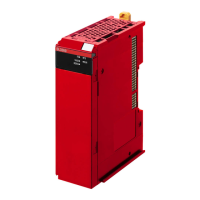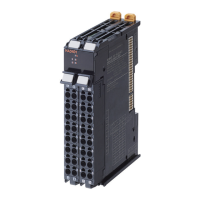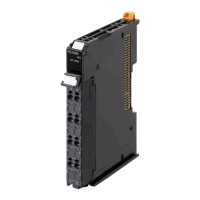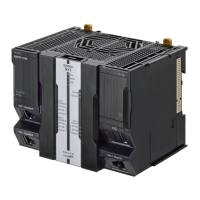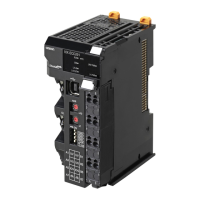8 - 61
8 Checking Operation and Actual Operation
NX-series Safety Control Unit User’s Manual (Z930)
8-13 Restarting and Clearing All Memory
8
8-13-2 Clear All Memory Operation
2 Check the areas to clear and then click the Execute Button.
• To clear the event logs, select the Clear the event logs Check Box.
• To clear the memory in all Units, select the Coupler + NX Units Option in the Area Selection
for Coupler Area.
An execution confirmation dialog box is displayed.
3 Click the Yes Button.
After memory is cleared, the Memory All Cleared Dialog Box is displayed.
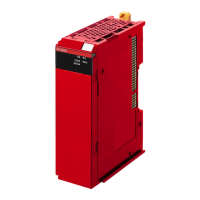
